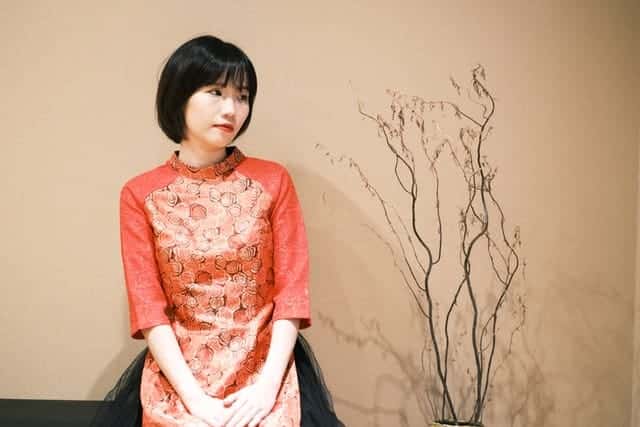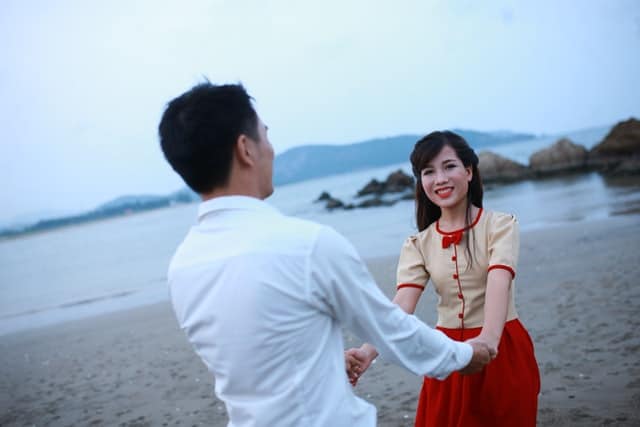Every country has its traditions and ceremonies that bring new couples together. Vietnamese weddings are no different. And, just like any wedding, there are thousands of tiny details and hundreds of colorful traditions that help make the day special for everyone. But, most people will never get the chance to experience these beautiful ceremonies. If you enjoy learning about weddings from around the world, here are a few fun facts about Vietnamese weddings that you may find interesting.
Vietnamese Weddings Are Unique
Vietnam’s ceremonies are distinct from other Asian weddings like Chinese, Indian, Thai, and Filipino weddings. The wedding “ceremony” is more of a blessing than a traditional ceremony. In Vietnamese wedding traditions, it is customary to ask the couple’s parents for a blessing. Once the parents agree to the marriage, it is then up to the couple to ask for consent from the groom’s family. Moreover, there are several steps to a Vietnamese ceremony, each just as necessary as the last.
It All Starts With Cham Ngo (Proposal Ceremony)
The proposal ceremony, known as Cham Ngo, occurs between the two families when they meet to ask permission for their children’s relationship to be formalized with the objective of marriage. It remains one of the most important parts of the entire process and involves everyone from the bride and groom’s immediate families. This ceremony is usually held without any elaborate rites, and the groom’s family is supposed to present the bride’s family betel and areca as gifts. The primary goal of this discussion is to assist both families in reaching an agreement on the approaching marriage. A proposal ceremony is seen to be a good starting point for a happy marriage.
Then Comes Dam Hoi (The Engagement Party)
Traditionally, parents planned most weddings, and children had little choice but to obey their parents’ wishes. Since it signifies a bond between two communities, this ritual is considered more significant than a wedding. The engagement announcement is usually made a few months before the actual wedding. The engagement also marks the time when the woman moves into the man’s family home and joins their family. While modern families see this more as a metaphor these days, this step is still closely followed in some rural areas. In any case, there is often a party that follows the ceremony to signify the coming together of two households.

The Next Step Is The Dam Cuoi (Wedding Procession)
The big day begins with the groom’s relatives and friends creating a procession line, starting at the groom’s family’s home and parading to the bride’s house. While this tradition remains the same in rural areas, it can be impractical in larger cities. As a result, the parade most often occurs near the bride’s house for practical reasons. Leading the procession are the groom’s parents or an elder couple from the groom’s village and close relatives and friends. The groom will be at the end of the procession and one of the last people to arrive.
Outfits Can Change Depending On Where You Are
If the couple is having a traditional ceremony, the bride will wear a beautiful outfit called the áo dài. The áo dài is the traditional dress worn by Vietnamese brides on their wedding day. It is considered to be a symbol of beauty and love in Vietnam. It has a long, fitted top with wide sleeves and a wide skirt with puffed sleeves and is usually made of silk or cotton. When it comes to male attire, the custom remains pretty flexible. They can choose to wear traditional clothing or a simple suit. However, when you travel to larger cities or attend a wedding for a wealthier family, you might notice the couple and their guests wearing outfits that wouldn’t be out of place in a formal Western setting. This can be for numerous reasons, including that the families prefer to adopt “modern” or “worldly” customs. Despite this, they seem to be going back to their traditional attire as they rightly re-adopt their local customs.
Tea Is A Big Part of The Ritual
A tea ceremony and candle-lighting ritual are customary in a Vietnamese wedding ceremony and form an integral part of the process. Vu Quy, as it’s known, occurs on the morning of the wedding day, when the groom visits the bride’s house during the procession and whisk her away from her family. The groom must offer up gifts to his bride’s family, and once they accept the offer, the bride comes out to begin the tea ceremony. Both the bride and groom offer tea to their parents and grandparents as an offering. Once both sets of parents and grandparents have drunk the tea, the marriage is complete.
Vietnamese wedding ceremonies provide couples with a unique chance to join themselves in a bond of marriage and join two sets of families. You should not pass up this opportunity to witness an ancient tradition in action when invited to one.

